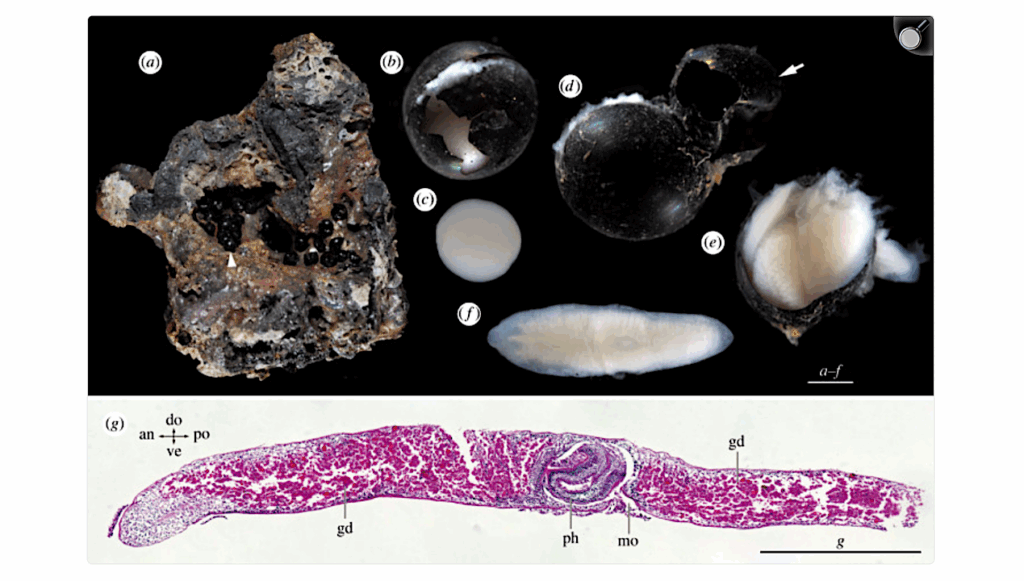Life In Evolution's Fast Lane

Most living things have a suite of genes dedicated to repairing their DNA, limiting the rate at which their genomes change through time.
But scientists at Vanderbilt and University of Wisconsin-Madison have discovered an ancient lineage of budding yeasts that appears to have accumulated a remarkably high load of mutations due to the unprecedented loss of dozens of genes involved in repairing errors in DNA and cell division, previously thought to be essential.
In a new study published May 21 in the open-access journal PLOS Biology, graduate student Jacob L. Steenwyk, working in the laboratory of Professor Antonis Rokas at the Department of Biological Sciences at Vanderbilt University in Nashville, Tennessee discovered that a group of budding yeasts in the genus Hanseniaspora, which is closely related to the baker’s yeast Saccharomyces cerevisiae, has lost large numbers of genes related to cell cycle and DNA repair processes. These losses are particularly surprising not only because these genes are broadly conserved across living organisms but also because mutations in the human versions of many of these genes dramatically increase the rates of different types of mutations and lead to cancer.
Steenwyk’s analyses show that the genomes of Hanseniaspora budding yeasts have lost hundreds of genes, including dozens involved in DNA repair, cell cycle, and metabolism. “It appears that, in genomic terms, Hanseniaspora are the yeast with the least,” said Steenwyk, adding: “They have very small genomes and among the smallest numbers of genes of any species in the lineage. These dramatic losses of so many genes are reflected in the biology of these yeasts.”
“The speed with which the genomes of these yeasts have mutated is unprecedented and their cell division appears to be extremely fast but also somewhat erratic — a quantity-over-quality approach, so to speak”, said Rokas (see video illustrating the smaller cell size and faster cell division of a Hanseniaspora species compared to the baker’s yeast). Due to the loss of these genes, Hanseniaspora yeasts have experienced many more changes in their DNA than their relatives and bear numerous ‘genomic scars’ from natural mutagens from within (e.g. oxidative damage) and from outside (e.g. UV radiation).
“We’re excited to continue studying Hanseniaspora yeasts”, said Steenwyk. “There’s a lot we can learn about life’s basic processes from these humble yeasts”.
Citation: Steenwyk JL, Opulente DA, Kominek J, Shen X-X, Zhou X, Labella AL, et al. (2019) Extensive loss of cell-cycle and DNA repair genes in an ancient lineage of bipolar budding yeasts. PLoS Biol 17(5): e3000255. https://doi.org/10.1371/journal.pbio.3000255








